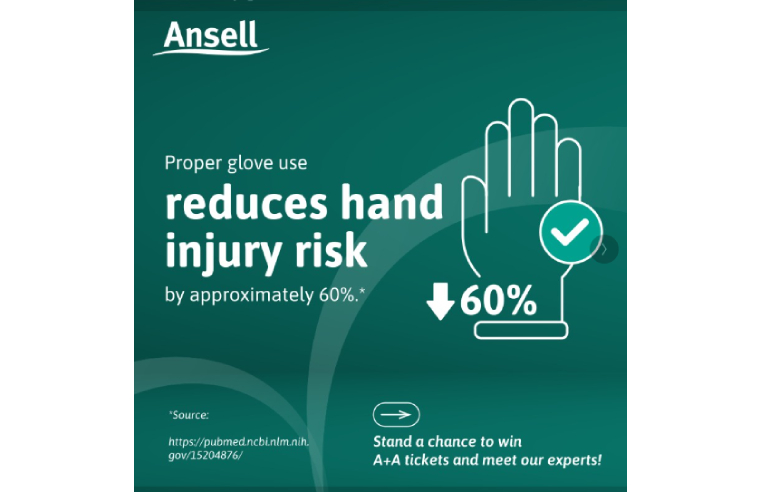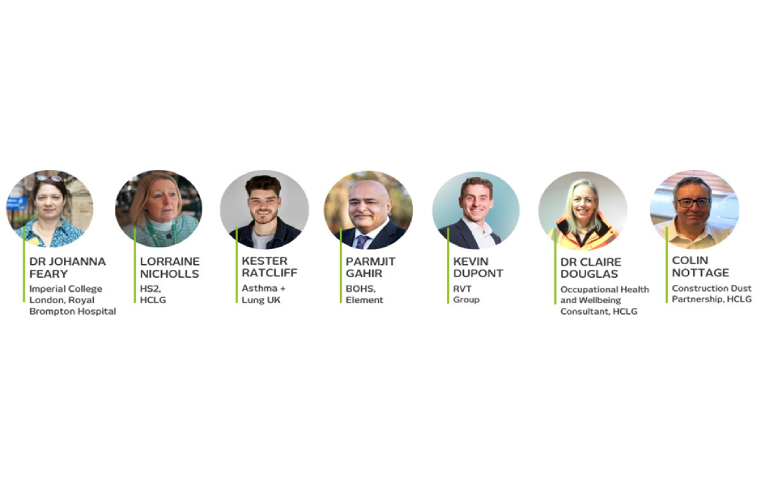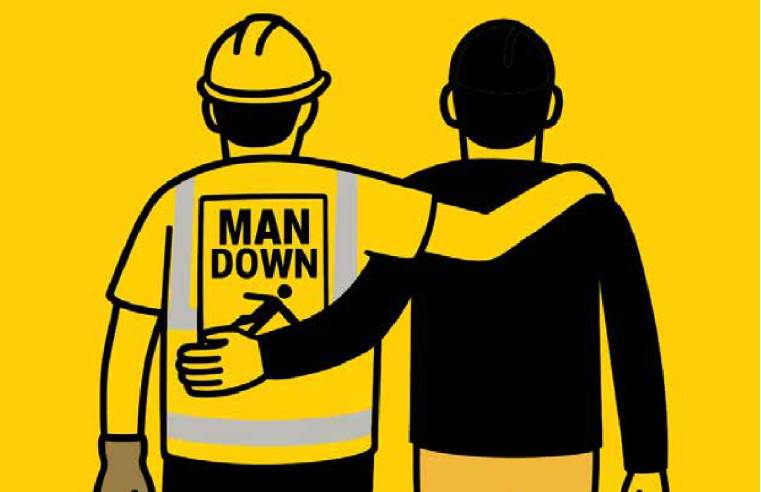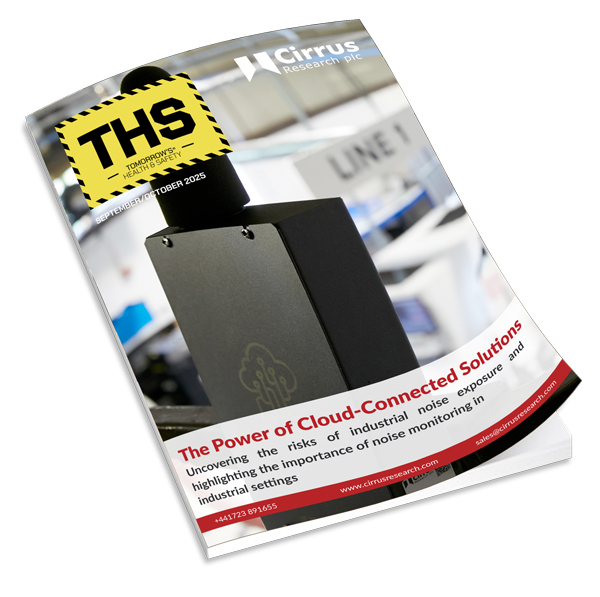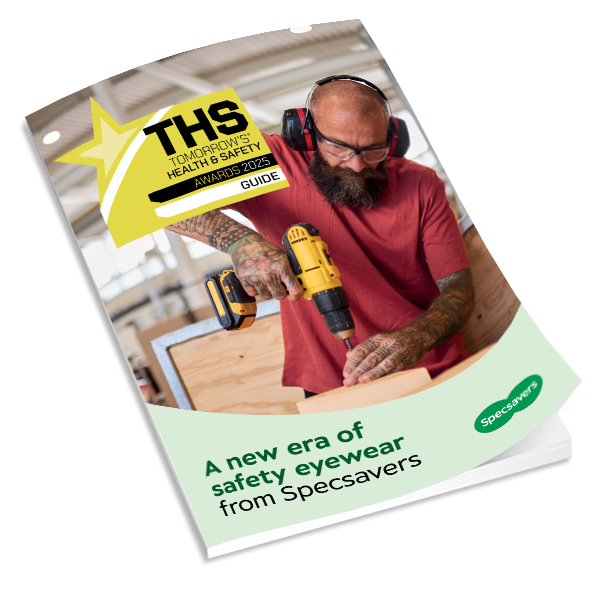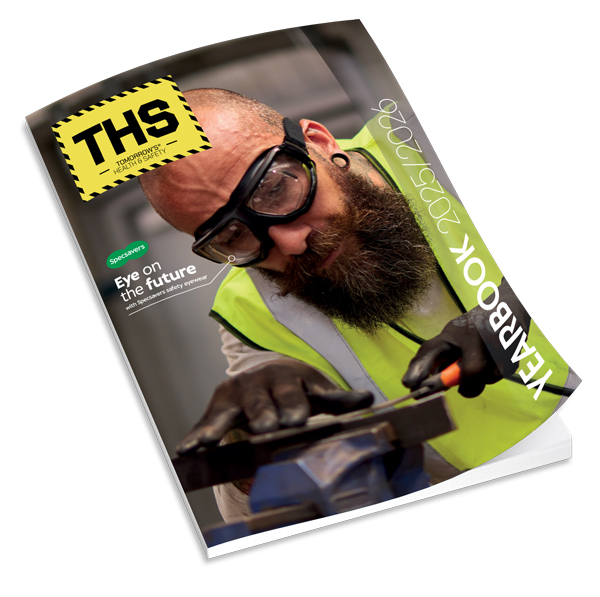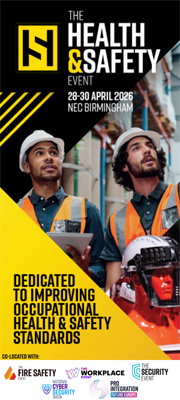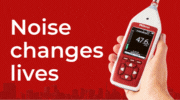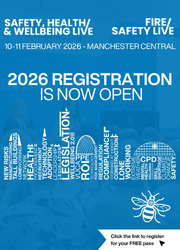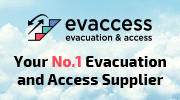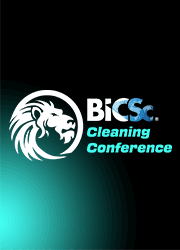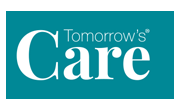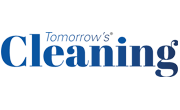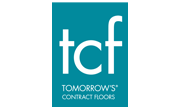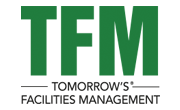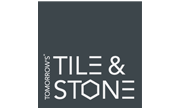You are here
- Home
- >
- Health & Safety News
- >
- IOSH Research Virus Transmission Healthcare staff
RESEARCH: VIRUS TRANSMISSION RISK IN HEALTHCARE STAFF
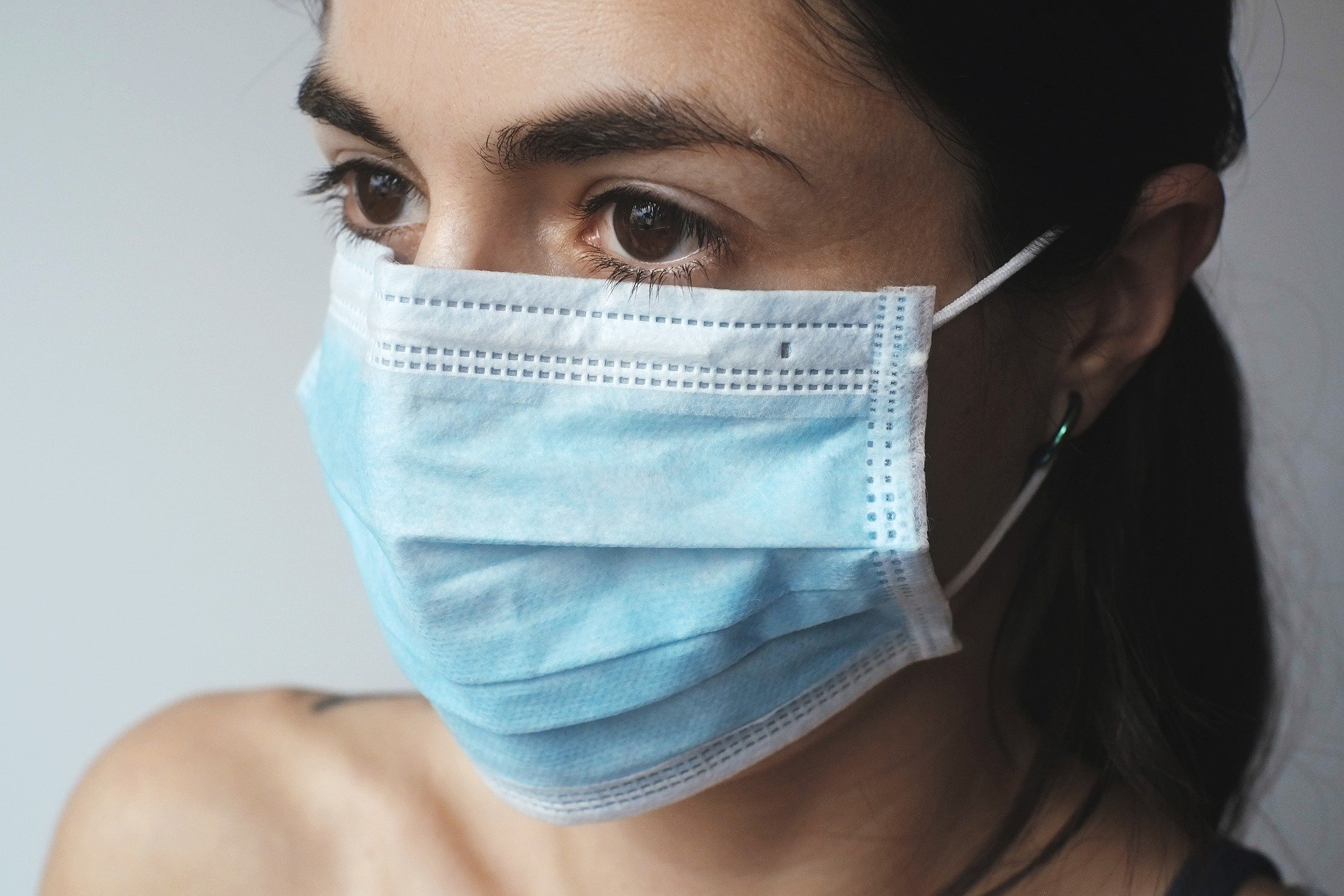
Published on 13/08/2020
The risks faced by healthcare workers treating patients with viruses which can be transmitted through the air are highlighted by new research published today by the Institution of Occupational Safety and Health (IOSH).
Researchers from University Hospitals of Leicester NHS Trust in the UK and Turku University of Applied Sciences in Finland examined these risks and how different forms of ventilation can protect those treating patients.
The study, called Reducing Aerosol Infection Risk in Hospital Patient Care, was commissioned by IOSH as the risks to frontline healthcare workers when caring for patients with viruses are well known – yet less known is the optimal design of mechanical ventilation systems.
Under different ventilation, distance and PPE settings, laboratory experiments were carried out using a breathing thermal manikin as the patient and computer simulation to assess contaminated and supply airflow.
It found that if the healthcare worker is leaning over a patient lying on a bed in an isolation room – for example, to check blood pressure, pulse rate of temperature – the air the patient breathes out flows directly towards them. In a room with mixing ventilation, this means their exposure level rises by up to six times, significantly increasing their chance of infection.
One form of ventilation, called local downward ventilation can reduce this exposure to one third of the exposure found with a general mixing ventilation, researchers found.
However, consideration has to be given into how this is designed and where it is placed to minimise discomfort for patients, for example from draughts such a system creates.
The report adds that the position of the exhaust is important as they can capture air only from a short distance and can’t control room airflows generally. In this study, the most effective exhaust positions were in the wall behind the patient bed or in the lighting panel above and behind the patient.
The report adds that the position of the exhaust plays a role in healthcare worker protection, in addition to supply air distribution. In this study, the most effective exhaust positions were in the wall behind the patient bed or in the lighting panel above and behind the patient.
It is hoped the findings can lead to more informed and evidence-based environmental control methods such as well-positioned ventilation, which is considered more effective than the use of personal protective equipment.
Mary Ogungbeje, Occupational Safety and Health Research Manager at IOSH, said: “This important research highlights the risks that healthcare workers face when they are treating patients infected with airborne viruses as well as how these risks can be managed.
“No one should have their safety and health put at risk by the work they do. Many people working in healthcare have to come into contact with patients who are infected with contagious viruses, so it is crucial that effective systems are in place to protect them.
“Our study suggests that some forms of ventilation, particularly local downward ventilation, can be efficient in managing the risks together with the use of personal protective equipment. We hope, therefore, that further research will be conducted to build on these findings and help protect many healthcare workers from being exposed to viruses and potentially becoming ill.”
The research also found that the use of nebulisers and oxygen masks with side vents by patients may pose additional risks to healthcare workers. Ideally, they should not enter the room while such therapy is ongoing for a patient with a confirmed respiratory infection – except to turn on or turn off such treatment. If they do have to enter the room during such treatment, they should regard this as an exposure to a potential virus and wear an FFP2 or FFP3 mask.
View the research reports here.
Related News
Categories
- CHAS AT SAFETY & HEALTH EXPO 2022
- Agriculture
- Asbestos
- Cleaning
- Compliance & Risk Assessment
- Conferences
- Construction
- Courts
- Culture & Behaviour
- Ear Protection
- Education
- Emergency Evacuations
- Events
- Eye Protection
- Feature
- Fire & Electrical Safety
- Floor Safety
- Gas Detection & Monitoring
- Hand/Arm Vibration
- Hazardous Substances
- Health & Safety News
- Health and Safety Executive
- Hospitals & Healthcare
- Human Factors & Ergonomics
- Hygiene
- In the Courts
- Legislation
- Lone Worker Protection
- Mental Health
- Noise Monitoring
- PPE
- Plant Machinery & Site Safety
- Products & Services
- Prosecutions
- Protective Clothing
- Protective Workwear
- Reports
- Respiratory
- Slips, Trips & Falls
- Standards
- Stress
- Technology
- Training & Development
- Transport & Logistics
- Webinars
- Wellbeing
- Whitepapers
- Work-related Diseases
- Working at height






